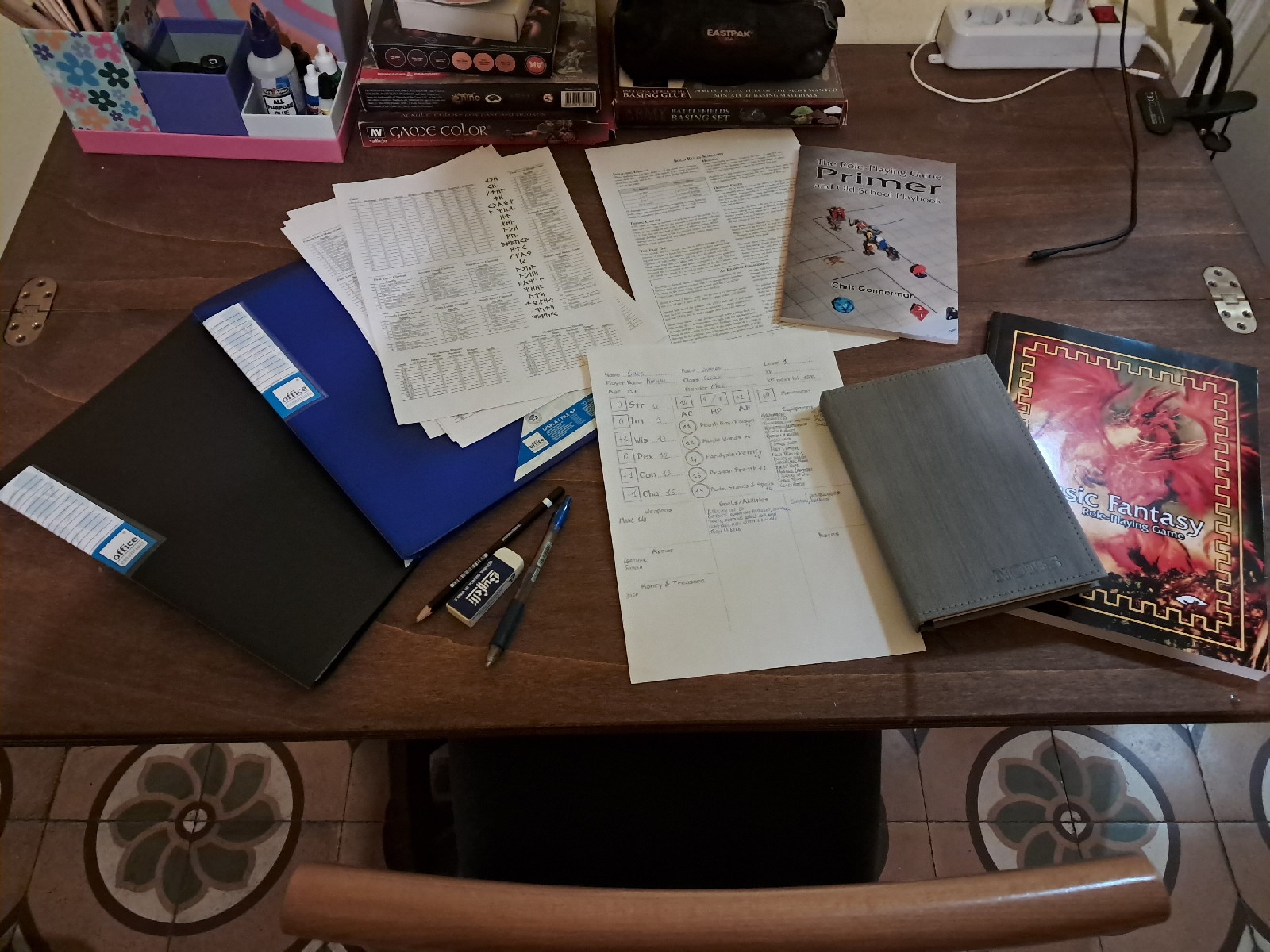Xenoblade Chronicles' OSR ideas
This week's post will be about one of my favorite videogames, Xenoblade Chronicles, which I played years ago on the Nintendo new3DS (it's originally on the Wii, then also ported to the Switch).
Initially, this was supposed to be exclusively about this game's method of giving XP for exploring (something that shares with other games, for example MMORPG à la Guild Wars 2), but while thinking about it I found a few more connections to TTRPGs in general - and OSR in particular.
Another method of gaining XP is from quests, especially side quests, many of which become available only after completing others. Some are mutually exclusive, based on whether you completed a previous one, or force you to make a choice between 2 NPCs to help and that affects subsequent quests. This is not something new to TTRPGs, especially OSR-style campaigns, but it can give you ideas to flesh out your world and make it feel more alive. For example, at one point you might meet a man being ambushed by enemies: if the party chooses to save him, later on that man will appear again and have new requests for them, while if they keep going they might run into his family looking for their missing father.
There might be more to gather from this game to use in your TTRPG games, but for now my analysis stops here; I hope I've given you enough food for thought already.
Friendly reminder that this post is planned to go out while I am on my honeymoon, so I won't be able to immediately reply to comments here or on Bluesky/Threads, but I will as soon as I return.
This is all for this week, see you next Sunday for my next post!






Comments
Post a Comment